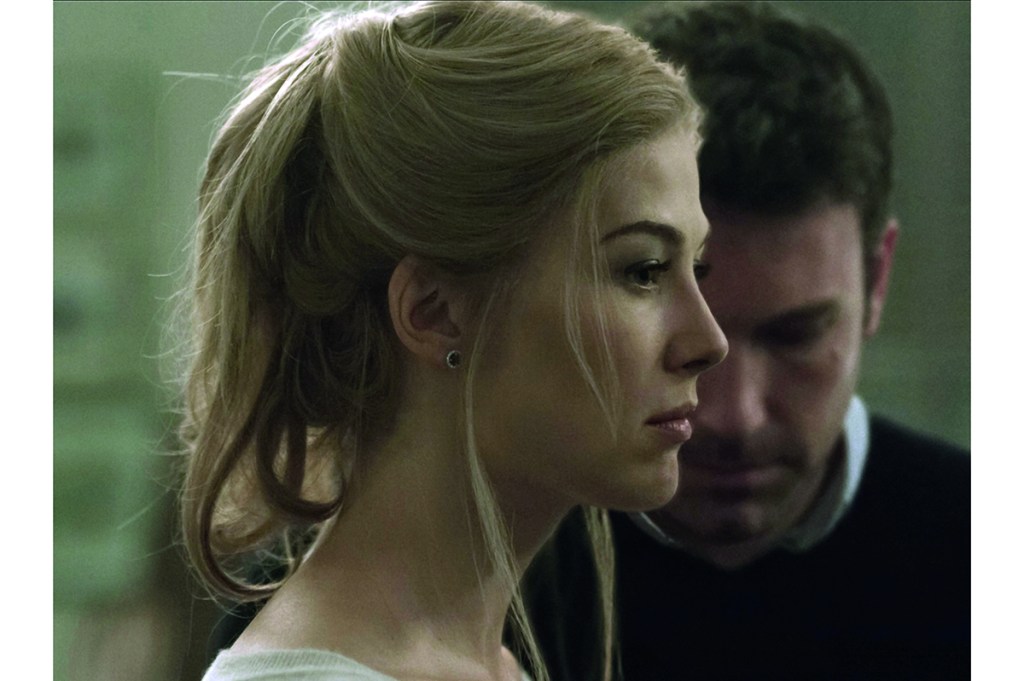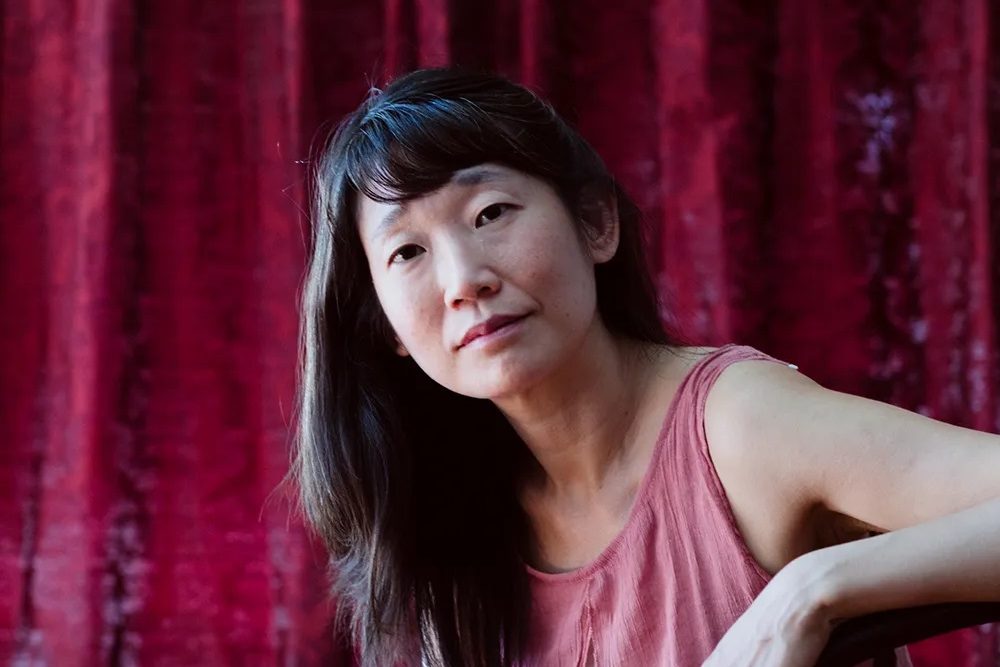In her memoir written from a prison in New York, Dorothy Daniels gives readers a whistle-stop tour of “flashy female psychopaths” who have existed throughout history. Daniels is a food critic and a cannibal, a woman who exhibits an acute awareness of her own commercial value as a true-crime story. Before being caught by police, she considered the most humiliating moment in her life to be when she was fired from the masthead of a popular food-and-drink magazine: an experience, she bemoans, that belongs to “ordinary people.”
Dorothy Daniels is, of course, fictional. She is the narrator of Chelsea Summers’s 2020 debut novel A Certain Hunger and one of the latest in a long line of female psychopaths lurking in the annals of American literature, a genre intensely preoccupied with the beautiful female psychopath. A Certain Hunger has rightly been compared to American Psycho, whose author, Bret Easton Ellis, is namechecked in Summers’s acknowledgements, but a more interesting comparison is the work of Raymond Chandler. Dorothy is a woman with the voice of a hardboiled protagonist who objectifies her lovers with the same language she uses to describe the decadent food she eats.When I relate some of these passages to my partner over dinner, he tells me they are intense. He is right. To call a man a “cream puff” is to make him appear vulnerable to the insatiable appetites of his female lover. It is a style of language used traditionally to describe women. A Certain Hunger is full of these indulgent, lingering observations of the male body. They are akin to Chandler’s paragraph-long meditations on the women getting his famed detective, Philip Marlowe, into trouble.
As a teenager, I adored these women in all their tightly constructed glamour. “She was a blonde who could make a bishop kick a hole in a stained-glass window” remains a particular favorite. They wielded a mysterious sexual power they were ultimately punished for, with their actual crimes seemingly second on the list of reasons for their demise. Chandler’s femmes, and the women of hard-boiled fiction in general, reflect the complicated pre- and post-World War Two anxieties about the changing dynamic between men and women and what that meant for traditional ideas of masculinity.
Film noir, the cinematic offspring of hard-boiled fiction, wrapped these themes in the figure of the femme fatale: a woman who would often rather die than compromise her desires and settle for an ordinary life. The archetype was designed to remind women of the dangers of life outside the traditional domestic circle but instead proved popular with female audiences for her independence and ambition — both financial and sexual.
Sometimes, these women had real-life counterparts. Double Indemnity, based on the James M. Cain novel of the same name, drew direct inspiration from the 1927 case of Ruth Snyder. Snyder and her boyfriend murdered her husband in the hopes of a life-insurance payout. There was also evidence that Snyder was being physically abused by her husband, a fact which appeared to be of little interest at the time. In his novel, Cain turned Snyder into Phyllis Nirdlinger, an adulteress who eventually kills her accomplice.
On screen, as played by Barbara Stanwyck, she became Phyllis Dietrichson, a dazzling platinum blonde. At the film’s climax, she dramatically claims she has never loved anyone. Both interpretations of the crime make no reference to physical abuse; Phyllis kills her husband simply because she is evil. The real Ruth Snyder’s life ended in the electric chair, and a photograph of her execution appeared on front pages across America. Reporters noted that her lover had been stoic and calm before he was executed, but that Ruth had sobbed. It was a distinctly unpalatable and distressing end, devoid of any noirish glamour.
My interest in America’s relationship with its female criminals stems from this same Depression era and an unoriginal childhood fascination with Bonnie and Clyde. At university I delved further back, focusing on female criminals in nineteenth-century popular culture. This would eventually lead me to write Hell’s Half Acre, an account of the crimes of the Benders, a German family of four who murdered at least eleven people in Kansas during the 1870s. The family fled the state and disappeared, leaving newspapers to focus their attention on the daughter, Kate.
An attractive young woman in her early twenties with aspirations of becoming a famous medium, Kate was used as bait by the Benders to encourage solitary travelers to stop at their wayside cabin. Her good looks and natural charisma also made her popular with local men, as did her open proselytizing about the benefits of free love. But Kate had a habit of showing up on the doorsteps of sick neighbors claiming that she could cure their ailments using her spiritual powers. If she was rejected, she became spiteful and aggressive.
Kate’s controversial reputation, coupled with the incorrect assumption that the rest of the Benders were too stupid to have committed the crimes for so long without being caught, led the newspapers to announce that she was the mastermind behind the murders. They obsessed over her appearance, calling her a “vixen of the prairie” and a “child of the devil.” For decades after she disappeared, Kate became the benchmark of female cruelty, a woman who had corrupted her family from within and used her God-given beauty with malicious intent.
In 1970, nearly a century after the crimes were discovered, Robert Adleman fictionalized the events in his novel The Bloody Benders, in which he devoted large portions of the text to Kate’s sexual relationships. Fear of her erotic power permeates the text; she is a spider waiting to eat her mate.
In this sense, Adleman’s depiction of Kate owes a considerable debt to John Steinbeck’s masterly portrayal of Cathy Ames, the antagonist of his 1952 novel, East of Eden. Cathy is aware of her sexual power from a preternaturally young age and, devoid of any moral compass, wields it to devastating effect throughout the novel. She is a woman who exists on the edges of society out of choice, exploiting women and men who fall into her web. When Cathy is given the chance at redemption through a relationship with her sons, the knowledge that she does not have the emotional capacity to do so — that “they had something she lacked. And she didn’t know what it was” — eventually drives her to self-annihilation.
Many of the women above are products of male writers. In their fictitious form, they are masculine anxiety made flesh — their psychopathy manifesting exclusively as a desire to sexually ensnare and destroy men. They are women who are born evil, releasing the men around them from the responsibility of having driven them to violence.
Psychopaths written by women are stripped of this glossy lacquer of male fantasy. Eileen, the eponymous narrator of the novel by Ottessa Moshfegh, has a sexual fixation with a coworker that is equal parts obscene and pathetic. Her life is filled with complicated, disgusting rituals in which she has become trapped. In this sense she is a spiritual descendant of Merricat, Shirley Jackson’s eighteen-year-old psychopath who protects what is left of her family through sympathetic magic in We Have Always Lived in the Castle. Both women have rich inner lives that spill over into their day-to-day until their respective narratives reach a fever pitch of paranoia.
The reveal, of course, is that Merricat has already committed her murders, poisoning her family to live alone with her beloved older sister. Eileen, too, has already committed her murder; she is recalling the series of events that allowed her to break free of her obsessive behavior. It is an act of self-actualization toward which she has been building for years. Neither of these women is punished, their actions presented instead as necessary for their inner peace.
More recent years have seen the growth of the acutely self-aware female psychopath as an ironic pop-culture icon. Leading the group is Amy Dunne, the conniving protagonist of Gillian Flynn’s Gone Girl, immortalized by Rosamund Pike’s electrifying performance in the film adaptation. Beneath a YouTube clip of Pike’s infamous “cool girl” monologue, women discuss the ways that they too have changed their appearances and their behavior for men. Of course, we all know that Amy Dunne is a psychopath and a murderer, but there is catharsis in listening to such a distilled depiction of female rage. So much of fiction is built on the bodies of objectified dead women and girls that it is hard to resist Amy’s inspired decision to frame her husband for murder because he is not living up to the standards she has set for their marriage.
There will always be a place for the female psychopath created by the male gaze, so often reduced to a beautiful sexbot with a reassuringly built-in self-destruct mechanism. But the current climate has made her female-written counterpart infinitely more appealing. In the hands of a woman, the female psychopath is not beautiful unless she wants to be. She is a reclamation of violence, an expression of pent-up rage, an opportunity for reinvention. She has shorn the vestiges of an archetype born of sexual anxiety and stepped into a different kind of power. It is her narrative, and she does not have to self-destruct.
Susan Jonusas’s new book, Hell’s Half Acre, is published by Viking. This article was originally published in The Spectator’s April 2022 World edition.

























